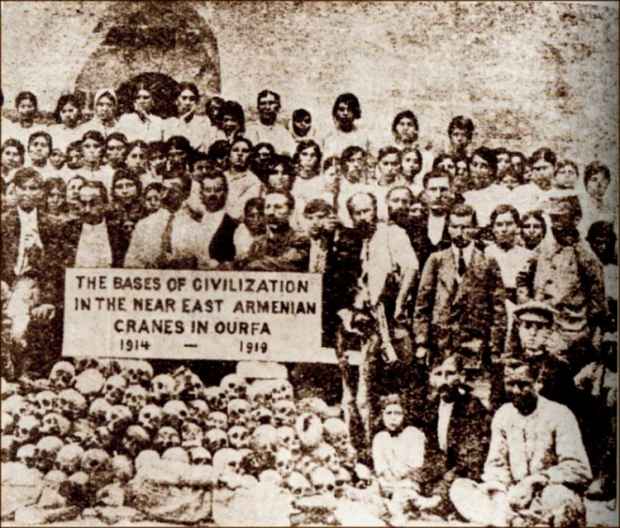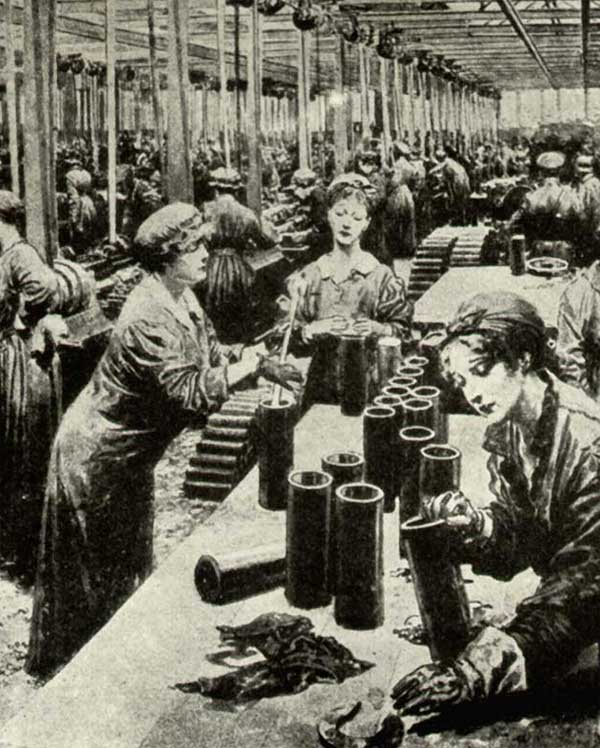
Also know as the Great Calamity and the Armenian Massacre, the Armenian Genocide is the mass killing of over one and a half million Armenians from 1915 to 1923. To this day the Turkish Government denies that any atrocities ever took place; no murders, no rapes, no deportations. But despite the controversy, history still accounts the Armenian Genocide as the first Genocide of the 20th century. The ones responsible for this massacre are known as the "Young Turks" whose primary goal at the time was to get the Armenians out of the Ottoman Empire. What may have started as just a deportation of these people, relocating them elsewhere, soon turned much worse. Those who were forced to move from their homes in Armenia to Syria, not only faced starvation but cruel acts of violence and torture. It wasn't long before the walks of this "deportation" became death marches, women and children were being abducted, raped, and murdered along the way.
